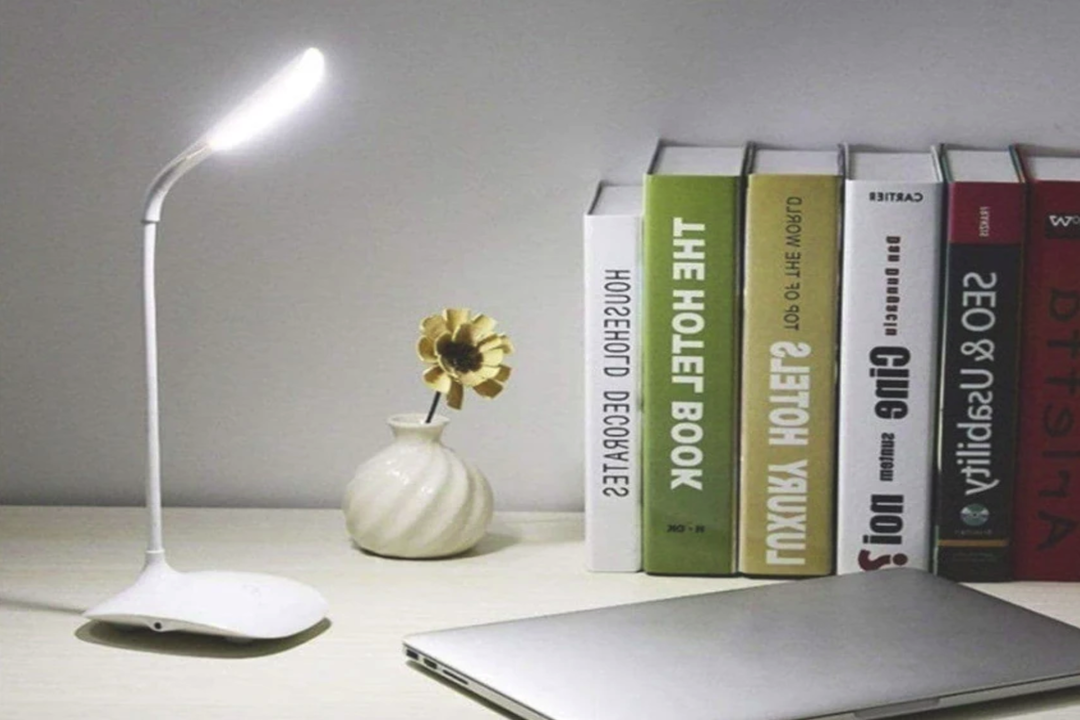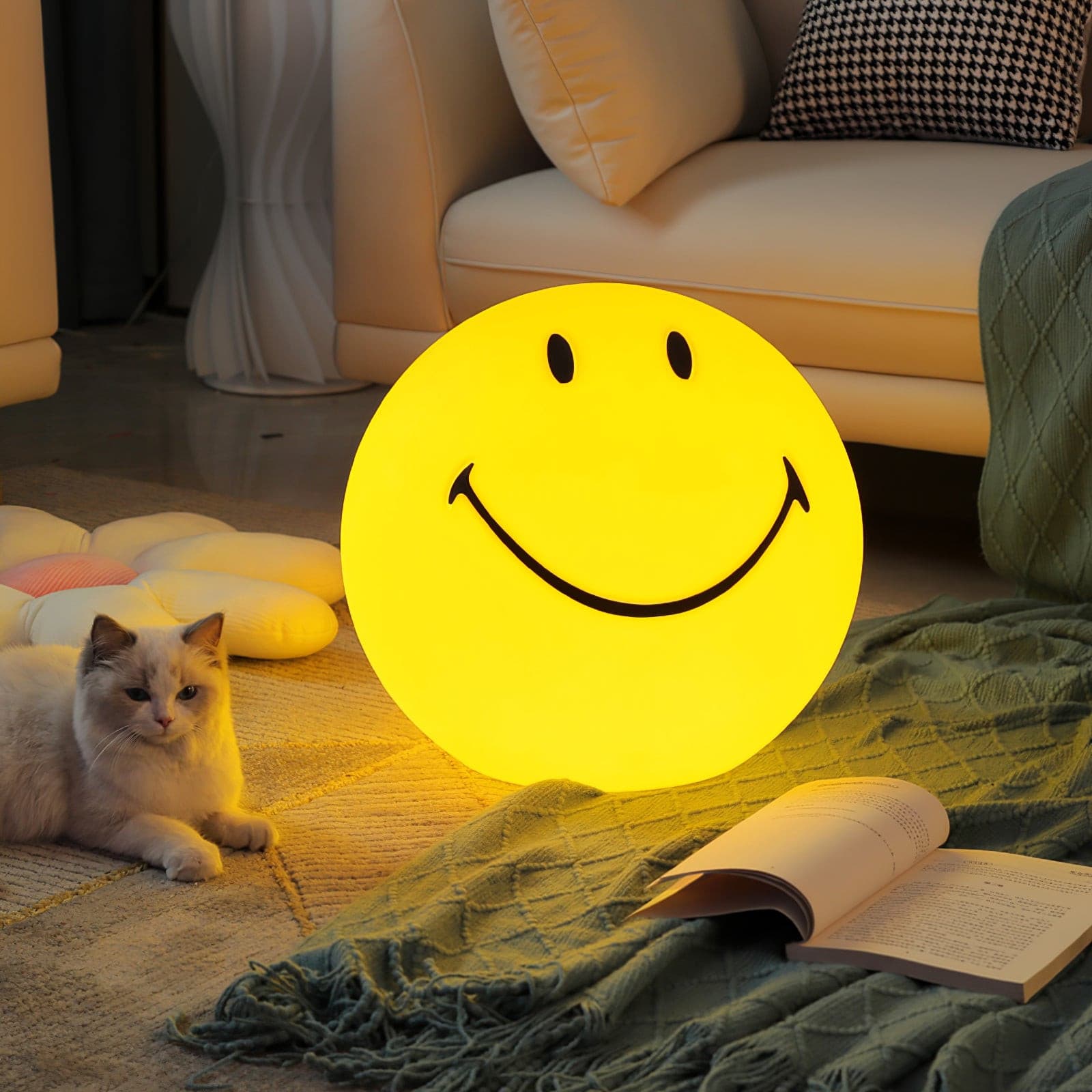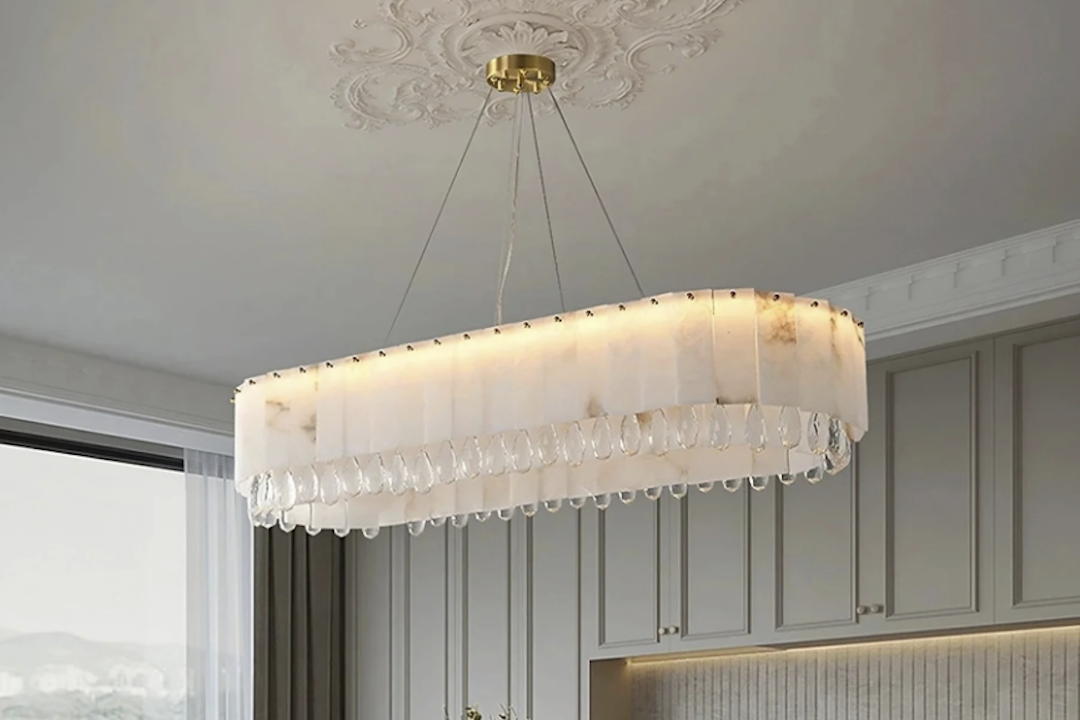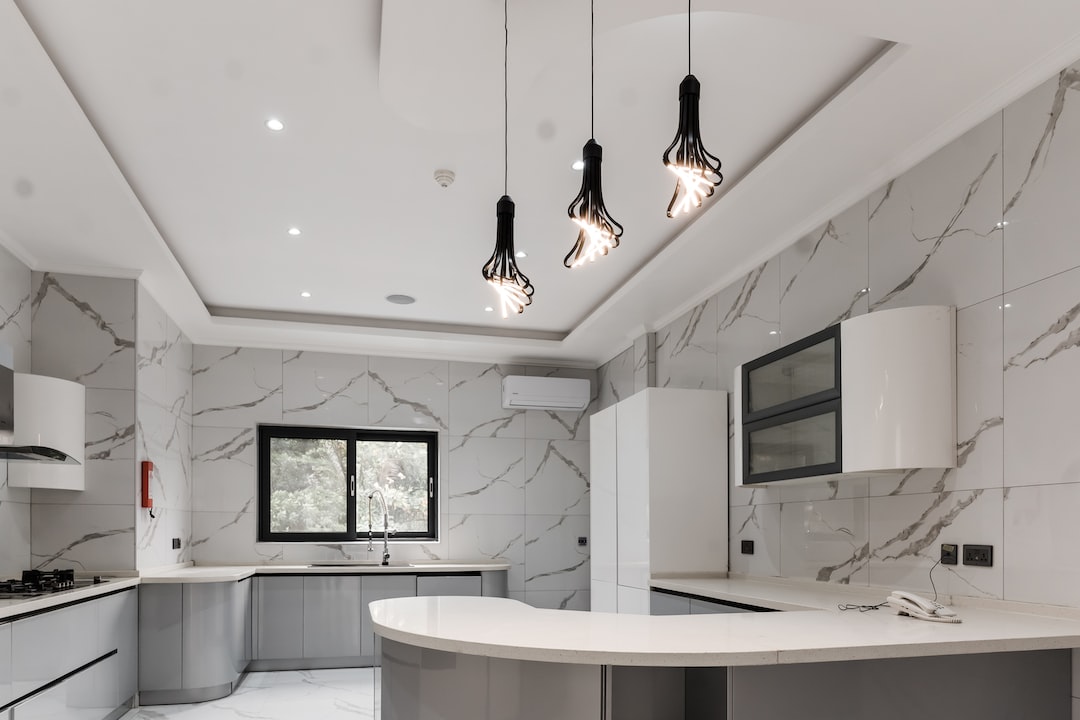In an age dominated by screens, the importance of protecting our eyes cannot be overstated. The average person spends several hours each day staring at digital devices, whether it be computers, tablets, or smartphones. This prolonged exposure to screens can lead to a range of eye-related issues, including digital eye strain, discomfort, and long-term vision problems.
Symptoms such as dry eyes, blurred vision, and headaches are increasingly common among those who spend significant time in front of screens. As our reliance on technology continues to grow, so does the necessity for proactive measures to safeguard our vision. Moreover, the impact of poor eye health extends beyond mere discomfort.
It can affect productivity, learning capabilities, and overall quality of life. For students and professionals alike, maintaining optimal eye health is crucial for sustained focus and efficiency. The consequences of neglecting eye care can be profound, leading to decreased performance in academic and work settings.
Therefore, understanding the importance of eye protection and taking steps to mitigate risks associated with screen time is essential for anyone who engages with technology regularly.
Understanding Blue Light and Its Effects
The Physical Effects of Blue Light
Research has shown that blue light 1homedesign can penetrate deep into the eye and may contribute to retinal damage over time. This has raised concerns about its potential role in conditions such as macular degeneration, a leading cause of vision loss.
The Impact on Sleep Patterns
In addition to physical effects on the eyes, blue light exposure can disrupt sleep patterns. The body’s natural production of melatonin, a hormone that regulates sleep-wake cycles, is influenced by light exposure. When we are exposed to blue light in the evening, it can interfere with our ability to fall asleep and achieve restful sleep.
The Consequences of Blue Light Exposure
This disruption can lead to a cascade of health issues, including fatigue, decreased cognitive function, and mood disturbances. Understanding these effects is crucial for anyone looking to create a conducive study environment that promotes both eye health and overall well-being.
The Benefits of Anti-Blue Light Table Lamps
Anti-blue light table lamps have emerged as a practical solution for mitigating the adverse effects of blue light exposure in study environments. These lamps are designed to filter out harmful blue light wavelengths while providing adequate illumination for reading and studying. One of the primary benefits of using anti-blue light lamps is their ability to reduce eye strain.
By minimizing the amount of blue light that reaches the eyes, these lamps help create a more comfortable visual experience, allowing users to focus for extended periods without discomfort. Additionally, anti-blue light table lamps can enhance productivity by creating an optimal lighting environment. Proper lighting is essential for maintaining concentration and reducing fatigue during study sessions.
These lamps often come with adjustable brightness settings, allowing users to customize the light intensity according to their preferences and the time of day. This adaptability not only improves comfort but also helps maintain alertness during late-night study sessions when traditional lighting may be too harsh or disruptive.
Features to Look for in Study Room Anti-Blue Light Table Lamps
When selecting an anti-blue light table lamp for a study room, several key features should be considered to ensure maximum effectiveness and usability. First and foremost, look for lamps that specifically mention blue light filtering capabilities. Many manufacturers provide information about the percentage of blue light that their products block, which can be a helpful indicator of effectiveness.
A lamp that blocks at least 90% of blue light is generally considered a good choice for reducing potential harm. Another important feature is adjustable color temperature settings. Lamps that offer a range of color temperatures allow users to choose between warmer tones for relaxation and cooler tones for increased alertness.
Warmer light is often more conducive to winding down in the evening, while cooler light can help maintain focus during study sessions. Additionally, consider lamps with adjustable brightness levels; this flexibility enables users to tailor the lighting to their specific needs throughout the day.
How to Choose the Right Anti-Blue Light Table Lamp for Your Study Room
Choosing the right anti-blue light table lamp involves considering both functional and aesthetic aspects. Start by assessing the size of your study space; a larger room may require a more powerful lamp or multiple sources of light to ensure even illumination. Conversely, smaller spaces may benefit from compact designs that do not overwhelm the area while still providing adequate lighting.
Aesthetics also play a significant role in selecting a lamp that complements your study environment. With various styles available—from modern minimalist designs to more traditional looks—it’s essential to choose a lamp that aligns with your personal taste and the overall decor of your study room. Additionally, consider the lamp’s adjustability; models with flexible arms or rotating heads allow for greater versatility in directing light where it is needed most.
Tips for Using Anti-Blue Light Table Lamps Effectively
Proper Placement is Key
Positioning the lamp correctly is crucial. Ideally, it should be placed at eye level or slightly above to minimize glare and ensure even distribution of light across your workspace. Avoid placing the lamp directly in front of your computer screen or other reflective surfaces, as this can create distracting reflections that may hinder focus.
Establish a Consistent Lighting Routine
Another effective strategy is to establish a consistent lighting routine that aligns with your study habits. For instance, using warmer light settings during evening study sessions can help signal to your body that it’s time to wind down, promoting better sleep quality later on. Conversely, utilizing cooler light settings during daytime hours can enhance alertness and concentration.
Adjust Your Lamp for Optimal Productivity
Regularly adjusting your lamp based on the time of day can help maintain optimal productivity while protecting your eyes from excessive strain. By following these simple tips, you can get the most out of your anti-blue light table lamp and enjoy a more comfortable and productive studying experience.
Other Ways to Reduce Blue Light Exposure in Your Study Room
While anti-blue light table lamps are an excellent tool for reducing blue light exposure, they are not the only solution available. Incorporating additional strategies can further enhance your study environment’s eye-friendliness. One effective method is to utilize screen filters or protective glasses designed specifically to block blue light emitted from digital devices.
These filters can be applied directly to screens or worn as glasses while working on computers or tablets. Another approach involves implementing the 20-20-20 rule during study sessions: every 20 minutes, take a 20-second break to look at something 20 feet away. This practice helps reduce eye strain by allowing the eye muscles to relax and refocus periodically.
Additionally, consider adjusting your screen settings; many devices now come equipped with night mode features that reduce blue light emission during evening hours. By combining these strategies with anti-blue light table lamps, you can create a comprehensive plan for minimizing blue light exposure in your study room.
Prioritizing Eye Health with Anti-Blue Light Table Lamps
In today’s digital age, prioritizing eye health has become more critical than ever. With increasing screen time and exposure to artificial blue light, taking proactive measures is essential for maintaining optimal vision and overall well-being. Anti-blue light table lamps serve as an effective solution for reducing eye strain and enhancing productivity in study environments.
By understanding the effects of blue light and selecting appropriate lighting solutions, individuals can create spaces that promote both comfort and focus. Incorporating additional strategies such as screen filters and regular breaks further enhances efforts to protect eye health. As we navigate an increasingly digital world, making informed choices about our lighting and screen exposure will play a vital role in safeguarding our vision for years to come.





